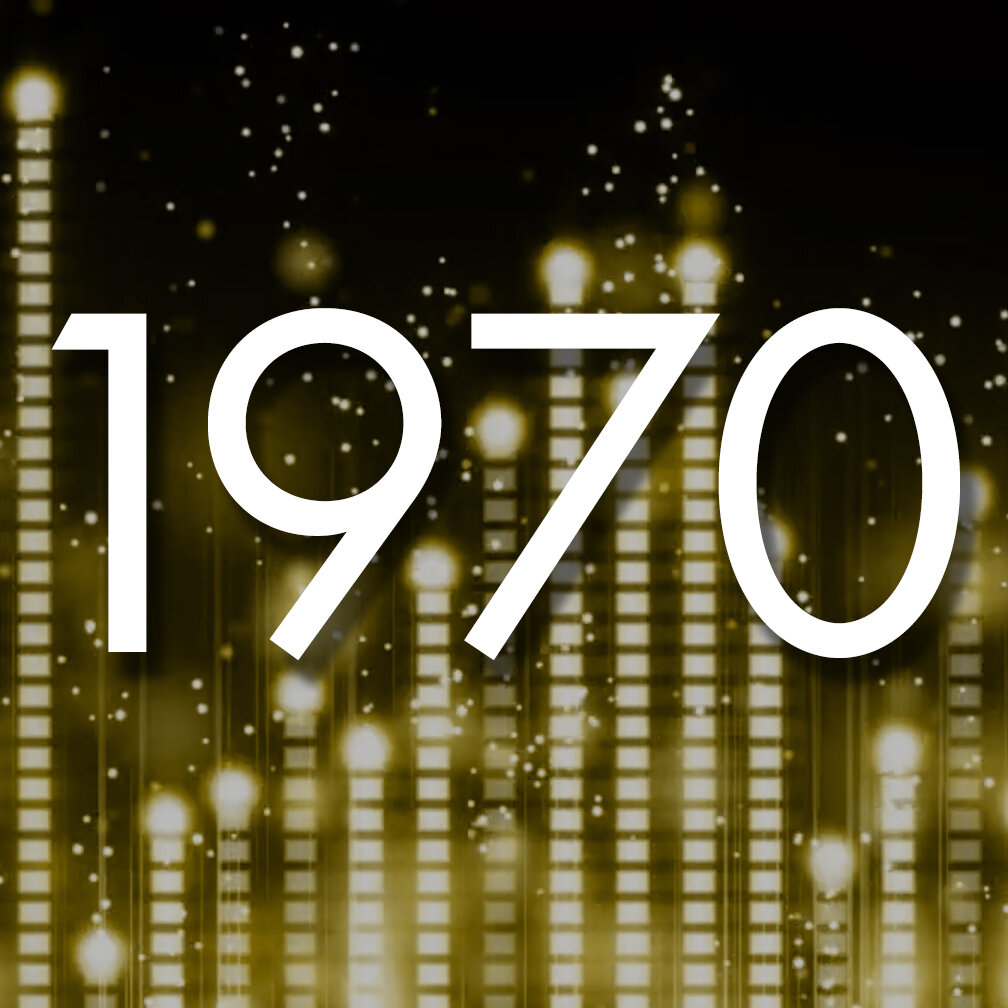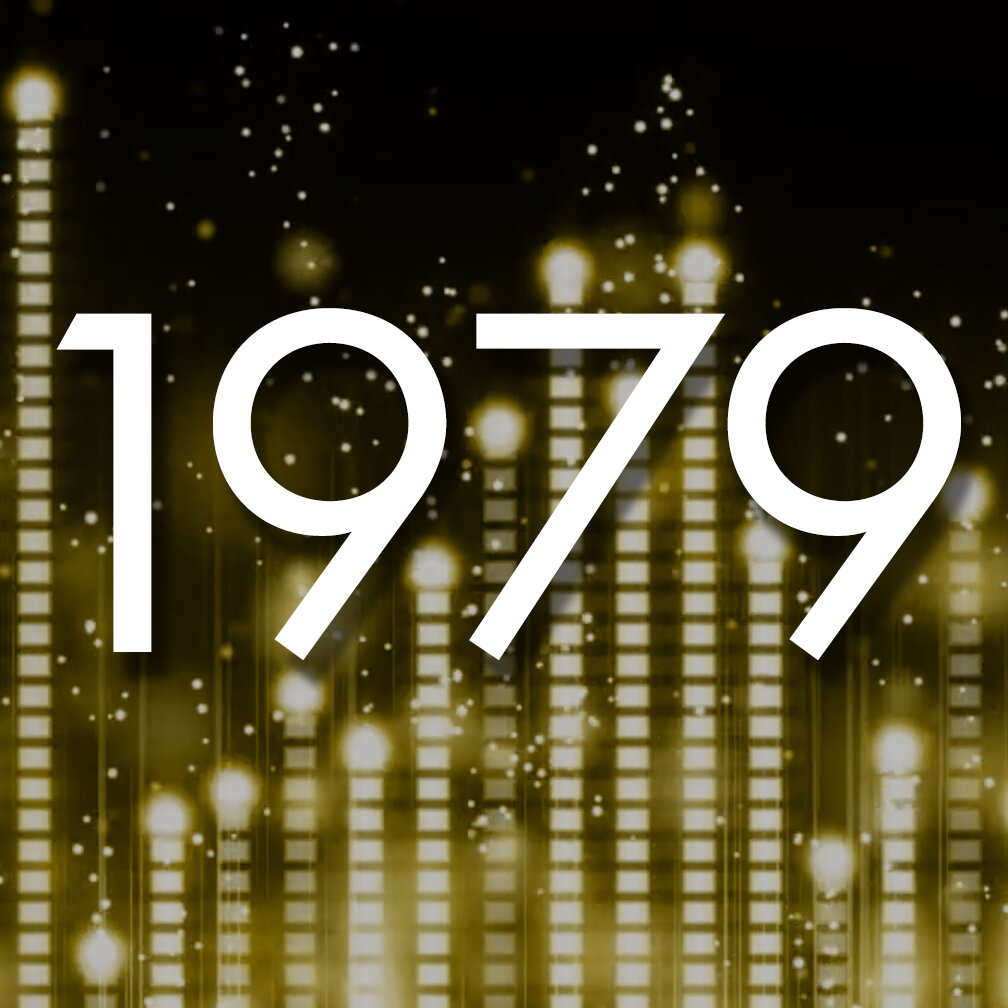
1970 – The National Bureau of Standards and ABC experiment with digitally encoding precise time information into a portion of the television signal. The experiment fails, but it inspires an idea to send captions enclosed in the television signal.

1971 – At the first National Conference on Television for the Hearing Impaired, two possible technologies for captioning television programs debut. Both display captions only on specially equipped TV sets.

1972 – On February 15, an exciting demonstration occurs at Gallaudet College (now University.) With the use of a specially equipped TV set, The National Bureau of standards presents closed captions embedded within the normal broadcast of “The Mod Squad,” proving the viability of closed captioning. Nonetheless, closed captioning is still in its early experimental stage.

1972 – “The French Chef” with Julia Child was the first open captioned program to air, meaning that the captions appear to everyone watching and cannot be turned off.

1973 – ABC begins rebroadcasting “World News Tonight,” also with open captions 5 hours after it originally airs. It is the only timely newscast accessible to the deaf and hard of hearing audience.

1973 – The federal government funds further development and testing of closed captioning, meaning captions could be turned on and off. The engineering department of the Public Broadcast System starts the project under contact to the Bureau of Education for the Handicapped of the Department of Health, Education and Welfare.

1973 – WETA in Washington, D.C. successfully tests the closed captioning system using line 21 of the television signal.

1976 – The FCC reserves line 21 of the television signal for the transmission of closed captions. With the FCC’s approval, PBS engineers innovate the caption editing consoles that would be used to caption prerecorded programs, the encoding equipment that broadcasters would use to add captions to their programs, and prototype decoders.

1979 – PBS realized that securing the cooperation of commercial television networks requires a nonprofit, single-purpose organization with a specific mission to perform the captioning. Hence, the Department of Health, Education and Welfare inaugurated the National Captioning Institute (NCI). NCI’s mandate is to promote and provide access to television programs for the deaf and hard-of-hearing audience through closed captioning technology.









